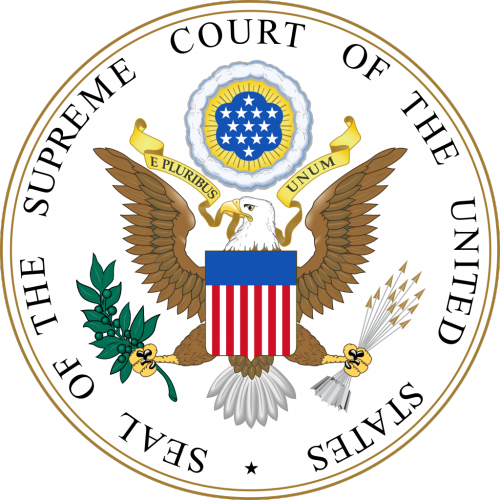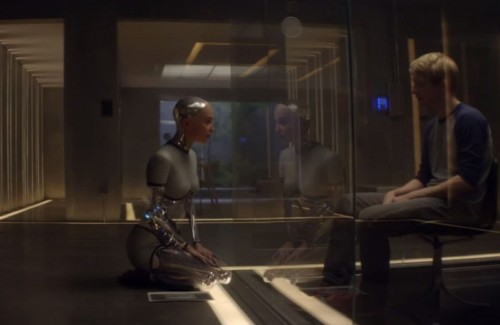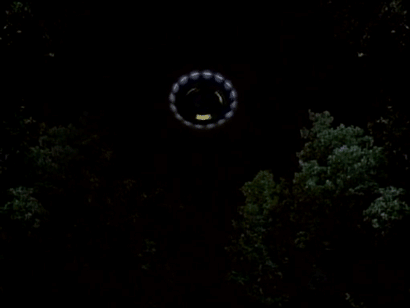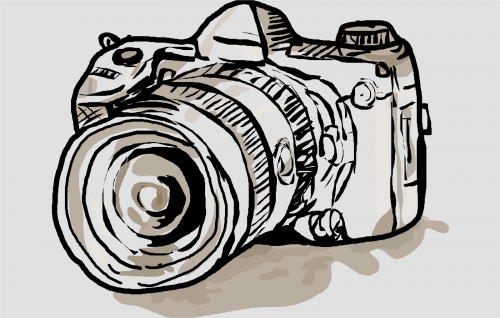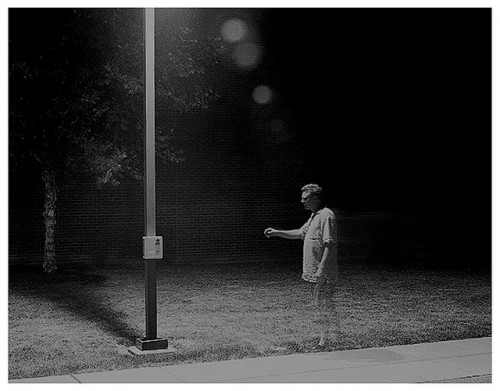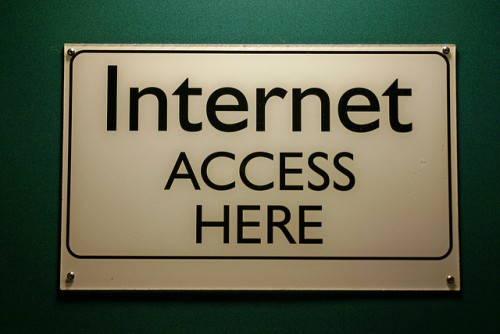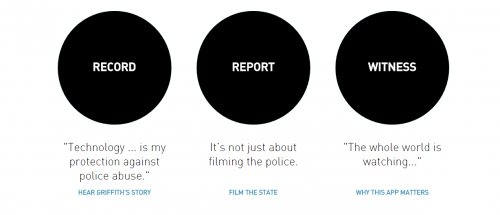What counts as a threat via social media, and what are the legal implications? The Supreme Court just made a ruling on this subject, deciding 8-1 that content alone is not sufficient evidence. Most accounts of this ruling frame it as “raising the bar” for a legal conviction of threatening behavior via social media. I argue instead that the bar has not been raised, but made less fixed, and rightly so.
At issue was an earlier conviction and jail sentence for Anthony Elonis, whose Facebook posts projected harm onto his ex-wife, an FBI agent, and school children. more...

